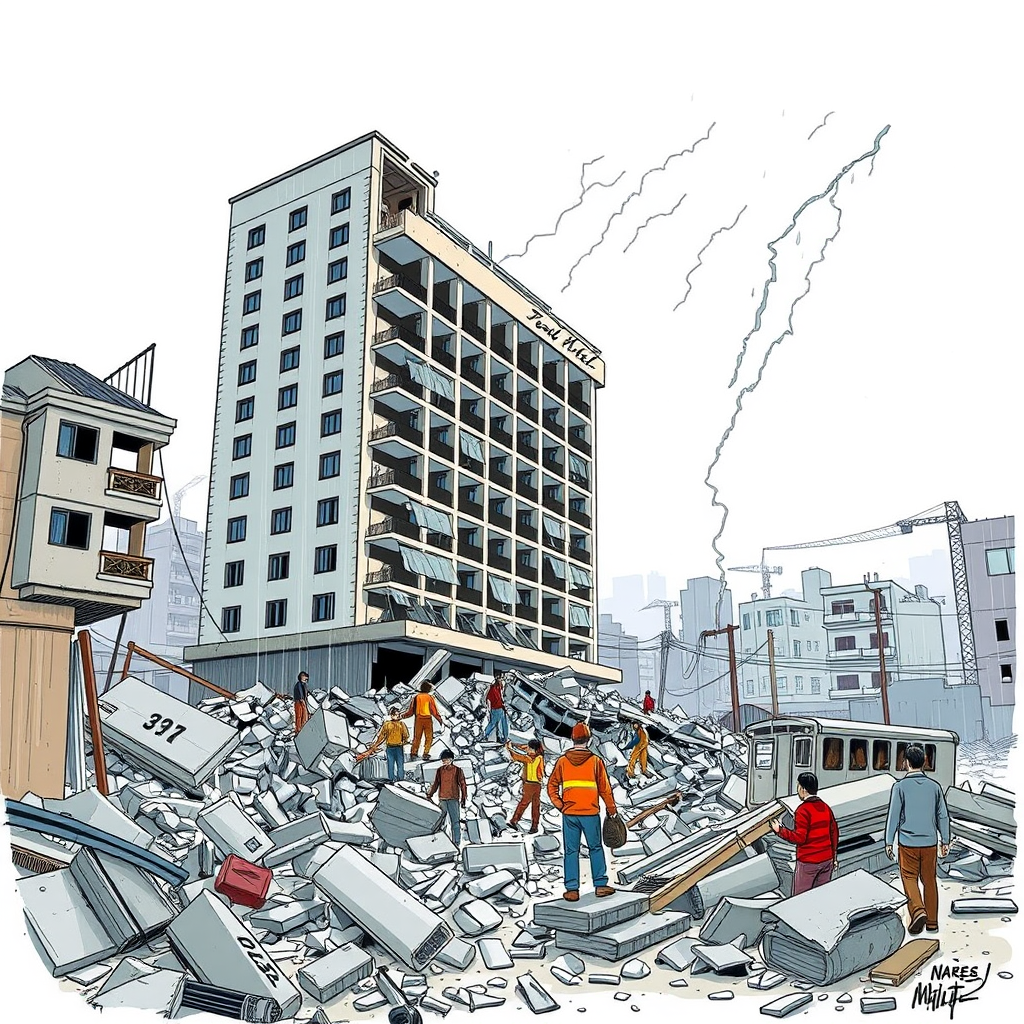Myanmar Quake Victims Face More Rain, Misery

Rescue efforts in Myanmar are being severely hampered by forecasts of continued heavy rain following a devastating earthquake that struck on March 28th. The quake, registering 7.7 magnitude and centered near Mandalay, has left a trail of destruction across six regions and states, including the capital, Naypyitaw. As of Sunday, authorities report 3,564 confirmed deaths, with over 5,000 injured and 210 still missing.
The approaching thunderstorms pose a significant threat to already vulnerable survivors, many of whom are without shelter after losing their homes. Scattered showers and thunderstorms are predicted for the next week, bringing the risk of landslides, strong winds, lightning, and hail. Daytime temperatures are expected to reach 100 degrees Fahrenheit by mid-week, compounding the misery.
The immediate aftermath of the quake saw rescue operations disrupted by overnight rains, forcing temporary shutdowns of electrical equipment used in the search for survivors. Rescuers are bracing for further difficulties, despite vowing to continue their work. Reports from the ground paint a grim picture of widespread damage. The Myanmar Rescue Federation (Mandalay) detailed the challenges faced, while rescuers working in Mandalay reported that the recent weather caused additional building collapses, exacerbating the hardship for those seeking shelter.
Unconfirmed reports from The Irrawaddy, an exiled Myanmar news site, indicate at least 80 bodies were discovered within the wreckage of the Great Wall Hotel in Mandalay following debris removal on Sunday. The Myanmar Fire Services Department confirmed the recovery of five bodies from collapsed buildings in the same city.
Assessing the full extent of the devastation is proving difficult due to widespread power outages, communication breakdowns, and damage to critical infrastructure like roads and bridges. The military government, which seized power in February 2021, reports extensive damage to buildings – including homes, schools, religious sites, hospitals, bridges, dams, and sections of the main highway.
The situation is particularly concerning given the ongoing political instability and civil war within Myanmar. The military government’s suppression of dissent and lack of transparency raise questions about the accuracy of official reports and the effectiveness of aid distribution. The fact that rescuers are speaking anonymously, fearing arrest for unauthorized communication, underscores the repressive environment. While the government has acknowledged the scale of the disaster, independent verification of the damage and the needs of the affected population remains a significant challenge. The combination of natural disaster and political turmoil creates a deeply complex humanitarian crisis, demanding a swift and coordinated international response, while navigating the restrictions imposed by the ruling military junta.